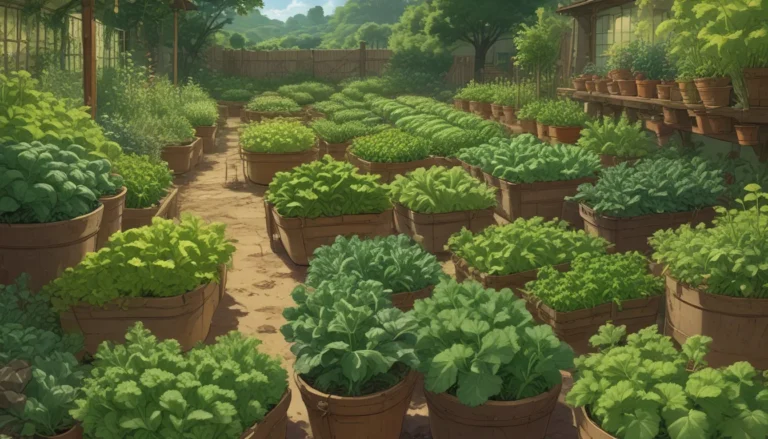Comprehensive Guide to Battling Colorado Potato Beetles in Your Garden

Are you dealing with the pesky Colorado potato beetles wreaking havoc on your garden? Look no further! In this in-depth article, we will delve into effective strategies to combat these voracious pests naturally. No need for flamethrowers – we have you covered with organic methods to protect your crops.
Understanding Colorado Potato Beetles
Colorado potato beetles, also known as potato bugs, are tiny insects that can cause significant damage to potato plants, tomatoes, eggplants, peppers, and ground cherries. Identified by their distinct 10 alternating yellow and black stripes, these beetles are often confused with false potato beetles, which are not pests.
The life cycle of Colorado potato beetles involves overwintering as adults in gardens or soil, laying eggs on the bottom of leaves, and the larvae feeding on plants and causing substantial harm. These beetles are widespread across North America and beyond, posing a threat to agricultural crops.
Control Methods
Organic Controls
Physical Controls:
Handpicking: One of the most effective ways to eliminate Colorado potato beetles is by handpicking them off plants. Simply drop them into a container of soapy water to eradicate them.
Floating Row Covers: Utilize lightweight floating row covers to shield your plants from infestations. Secure the covers properly to prevent beetles from damaging the plants.
Trap Crops: Plant trap crops like potatoes or other Solanaceae family members to lure beetles away from main crops.
Predators and Disease:
Introduce beneficial insects like ladybugs, green lacewings, or stink bugs to prey on Colorado potato beetles.
Use microbial insecticides containing Bacillus thuringiensis var. tenebrionis or Beauveria bassiana to target larvae and adults effectively.
Organic Insecticides:
Consider using spinosad, neem oil, or pyrethrins to control Colorado potato beetles without harming beneficial insects.
Rotate different insecticides to prevent resistance development in beetles.
Cultural Controls:
Crop Rotation: Rotate your potato or tomato crops to reduce beetle populations and disease prevalence over time.
No-Till: Implement no-till practices with cover crops to harbor beneficial insects and deter beetles from infesting your plants.
Chemical Pesticide Control:
Consult with agricultural experts before considering chemical pesticides, as Colorado potato beetles have developed resistance to many conventional pesticides. Rotate insecticide classes and apply them sparingly as a last resort.
Conclusion
By combining physical, cultural, and organic control methods, you can effectively combat Colorado potato beetles without resorting to extreme measures. Handpick mature beetles, use beneficial insects and microbial insecticides, practice crop rotation and no-till gardening, and reserve chemical pesticides as a final option.
Gardening enthusiasts, take heart! With the right strategies and persistence, you can protect your crops from these invasive pests successfully. Share your experiences battling Colorado potato beetles in the comments and explore more helpful articles on managing insect pests in your garden.
By following these comprehensive strategies, you can effectively tackle Colorado potato beetles without the need for extreme measures. Let’s join forces and protect our beloved crops from these invasive pests! Share your experiences battling Colorado potato beetles in the comments and explore more article on managing insect pests in your garden.





